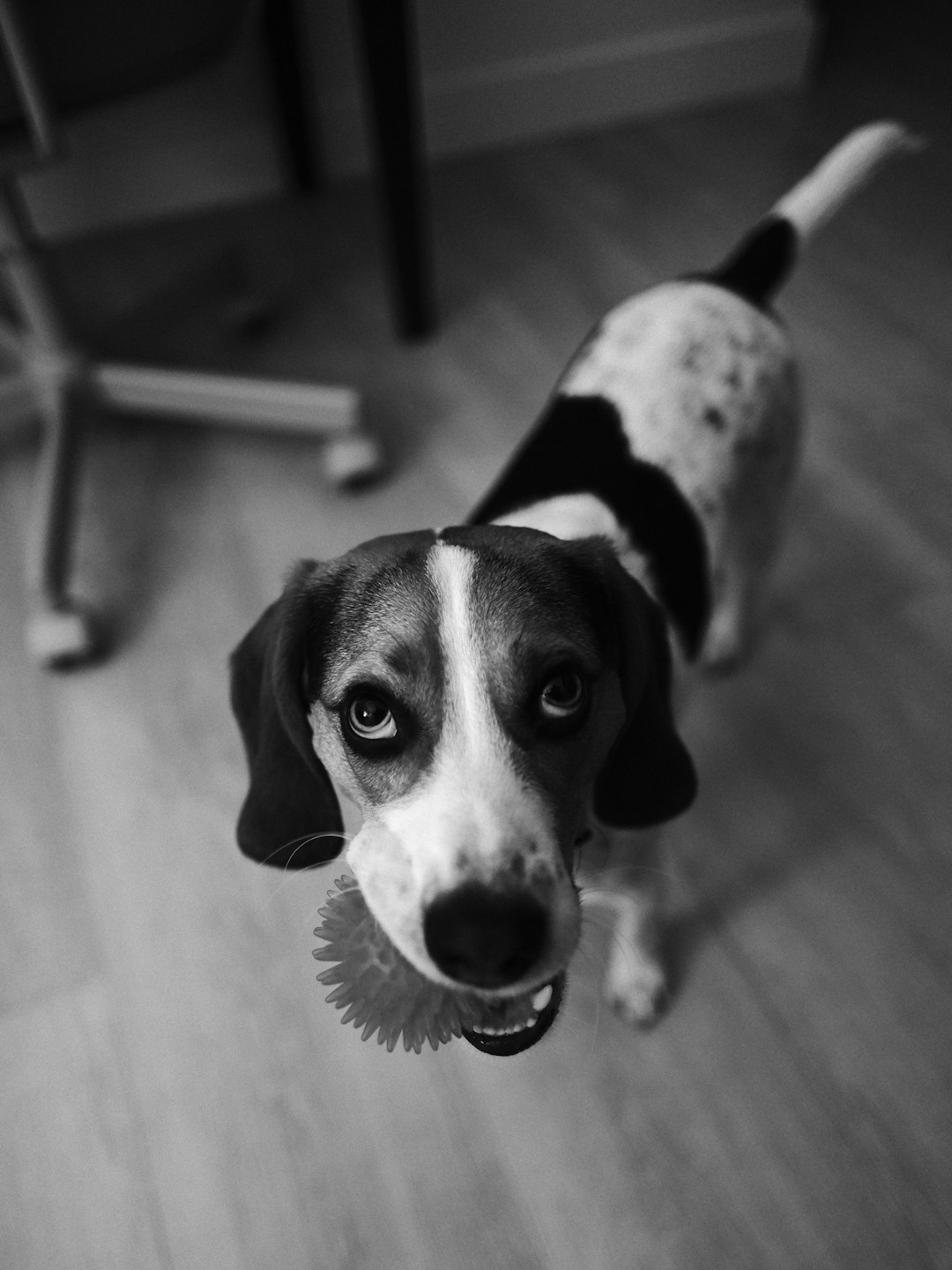Meet the Blue French Bulldog, a charming canine companion that strikes a unique pose with its stunning coat and endearing personality. With a rich history and a playful temperament, this breed quickly becomes the apple of your eye. But before you decide to welcome one into your home, it’s essential to uncover the nuances of their care, health concerns, and training needs. So, let’s dive into the delightful world of the Blue French Bulldog, where every wag of the tail tells a story!
History of the Blue French Bulldog

The Blue French Bulldog is not just a pretty face; there’s a rich history behind this stunning breed. Originating in the 19th century, French Bulldogs started as companions for lace workers in Nottingham, England. These little cuties made their way to France, where they quickly captured the hearts of the Parisian elite.
Here’s a quick timeline to highlight their journey:
- 1800s: The breed flourishes in England but sees a decline as lace-making factories shut down.
- Late 1800s: Resilience shines as these dogs become favored by French artists and intellectuals.
- 1910: American breeders take interest, solidifying the Blue French Bulldog‘s place in dog show history.
Interestingly, the blue coloration is a relatively recent development in the breed—arriving on the scene in the 2000s and grabbing the spotlight with its unique and striking looks. As more people fell in love with these versatile canines, the breed rose to prominence not just in France but globally, making the Blue French Bulldog a sought-after pet. With their captivating history, these pups offer much more than just their charming appearance!
Physical Characteristics of the Blue French Bulldog

The Blue French Bulldog stands out in the canine crowd, not just because of its blue coat, but also for its adorable, compact physique. Here’s what makes this breed truly unique:
- Color: The stunning blue coat is a trait of the Blue French Bulldog. It’s not just blue; it’s a rich, almost smoky hue that can appear glossy in the sunlight.
- Size: Typically, they weigh between 16 to 28 pounds, making them the perfect lap dogs. They’re small enough to cuddle but sturdy enough for playtime!
- Build: With a muscular build and broad chest, the Blue French Bulldog exudes strength. Their short legs give them a low-to-the-ground charm that’s undeniably cute.
- Face: Their trademark flat face, or “brachycephalic” feature, makes them extra adorable. Those big, round eyes and bat-like ears hold a world of expression.
Comparison: Blue French Bulldog vs. Standard French Bulldog
| Feature | Blue French Bulldog | Standard French Bulldog |
|---|---|---|
| Coat Color | Blue | Brindle, Cream, Fawn, etc. |
| Average Weight | 16-28 lbs | 16-28 lbs |
| Eye Color | Dark | Dark |
| Ears | Bat-shaped | Bat-shaped |
In summary, the Blue French Bulldog offers a delightfully unique look while still embodying all the lovable traits of the traditional French Bulldog!
Temperament and Personality Traits

The Blue French Bulldog is not just a pretty face; this charming breed comes with a delightful personality that can steal anyone’s heart. Here’s what you can expect from this cuddly companion:
- Affectionate: Blue French Bulldogs thrive on human interaction. They love to snuggle up and will happily shower you with kisses and cuddles.
- Playful: These petits chiens have an undeniable playful streak. Whether it’s chasing a ball or simply prancing around, they keep the good times rolling.
- Intelligent: Blue French Bulldogs are quick learners, making training easier. However, their stubbornness can sometimes be a challenge. Consistent, positive reinforcement works wonders!
- Sociable: They are usually friendly with kids and other pets. Introducing them to different environments and people early on enhances their sociability.
Here’s a quick comparison of some temperament traits:
| Trait | Description |
|---|---|
| Affectionate | Loves to cuddle and be close |
| Playful | Enjoys games and playful activities |
| Intelligent | Easily trainable but may be stubborn |
In short, a Blue French Bulldog makes an excellent family addition, bringing joy, laughter, and a splash of blue beauty into your life!
Health Considerations for Blue French Bulldogs
When it comes to the health of your Blue French Bulldog, it’s essential to keep in mind that these charming furballs come with their share of quirks. While they’re undeniably cute, they can also be prone to specific health issues. Here’s what you need to know:
Common Health Issues
- Brachycephalic Airway Syndrome: Their short snouts can lead to breathing difficulties, especially in hot weather.
- Hip Dysplasia: A genetic condition that can cause joint pain and mobility issues. Keep an eye on their activity levels!
- Skin Allergies: Blue French Bulldogs often have sensitive skin; regular grooming and attention to their coat can minimize irritations.
Preventative Measures
- Regular Vet Check-ups: Keep those vet appointments regular—early detection is key!
- Healthy Weight Management: An overweight Blue French Bulldog can face more severe health issues. Monitor diet and exercise!
Vital Signs To Watch
- Monitor breathing, especially during playtime.
- Look for any signs of skin irritation and treat them promptly.
In summary, while owning a Blue French Bulldog comes with joys, being proactive about health ensures many happy, slobbery years together! 🌟
Diet and Nutrition Needs
When it comes to feeding your Blue French Bulldog, you must take into account their unique needs. These compact canines require a well-balanced diet to support their lively personalities and maintain their charming figures. Here’s what to consider:
- High-Quality Protein: Look for dog food with meat as the first ingredient. Your Blue French Bulldog needs protein to keep those muscles toned and ready for playtime.
- Healthy Fats: Omega-3 and Omega-6 fatty acids are excellent for maintaining a shiny coat. After all, no one wants their pup to look less than fabulous!
- Vitamins and Minerals: Essential for overall health, choose a kibble that includes these nutrients to keep your furry friend full of life.
Recommended Feeding Schedule:
- Puppies (up to 6 months): 3-4 meals per day
- Adults (over 6 months): 2 meals per day
Avoid:
- Human food that may be toxic, such as chocolate or onions.
- Overfeeding, as many Blue French Bulldogs are prone to obesity.
With proper nutrition, your Blue French Bulldog will thrive and bring joy to your home!
Training Tips for Blue French Bulldogs
Training your Blue French Bulldog can be as delightful as it is crucial! These little charmers thrive on consistency, positive reinforcement, and a sprinkle of humor. So, put on your training hat and let’s dig into some effective tips!
- Start Early: Begin training your Blue French Bulldog as a puppy. Early socialization helps them develop into well-mannered adults.
- Be Consistent: Use the same commands and cues. This helps avoid confusion and ensures your pup knows what you expect.
- Positive Reinforcement: Reward your Blue French Bulldog with treats, praise, or playtime for their good behavior. It’s a win-win for both of you!
- Short Sessions: Keep training sessions short (about 5-10 minutes). Their attention span is like a butterfly—flitting from one thing to another!
Here’s a Quick Comparison:
| Training Method | Pros | Cons |
|---|---|---|
| Positive Reinforcement | Builds trust and bond | Requires persistence |
| Clicker Training | Clear communication | Needs a clicker (duh!) |
| Crate Training | Aids housebreaking | Availability of crates |
Remember, training should be fun! Your Blue French Bulldog is eager to learn and make you proud, so approach training with patience and love, and you’ll have an adorable, well-behaved companion in no time!
Grooming and Care Requirements
Caring for a Blue French Bulldog can be as delightful as snuggling with one! Here are some essential grooming tips to keep your pooch looking their best:
- Brushing: The short, smooth coat of a Blue French Bulldog needs brushing around once a week. A soft-bristle brush will keep their coat shiny and remove loose hair.
- Bathing: Only bathe your Blue French Bulldog when necessary (about every 2-3 months). Use a gentle dog shampoo to preserve their skin’s natural oils.
- Nail Trimming: Keep those nails short! Aim to trim them every 3-4 weeks, or as needed, to prevent any mishaps (like unexpected scratching).
- Ear Cleaning: Check those adorable bat ears for dirt and wax. Gently clean them weekly to maintain good hygiene.
Schedule
| Task | Frequency |
|---|---|
| Brushing | Weekly |
| Bathing | Every 2-3 months |
| Nail Trimming | Every 3-4 weeks |
| Ear Cleaning | Weekly |
Caring for your Blue French Bulldog might take some effort, but the joy they bring makes it all worthwhile!
Choosing a Responsible Breeder
So, you’ve decided to add a Blue French Bulldog to your family—exciting times ahead! However, before you start googling cute puppy photos, let’s talk about how to find a responsible breeder. This choice is crucial for ensuring a happy and healthy pup. Here’s what to look for:
- Reputation: Seek out breeders with stellar reviews and referrals from other happy paw-rents.
- Health Testing: Responsible breeders will conduct health screenings for genetic conditions common in Blue French Bulldogs, such as hip dysplasia and skin issues.
- Environment: Visit their facility to ensure pups are raised in a clean, safe, and social environment.
- Transparency: A good breeder will happily share information about the puppies’ backgrounds and will be upfront about any potential health concerns.
Quick Comparison: Responsible vs. Irresponsible Breeders
| Feature | Responsible Breeder | Irresponsible Breeder |
|---|---|---|
| Health Testing | Yes | No |
| Knowledge about Breed | Extensive | Limited |
| Puppy Socialization | Yes | No |
| Contract Provided | Yes | Often No |
By picking a responsible breeder for your Blue French Bulldog, you take the first step towards a lifelong bond filled with love and joy!
Frequently Asked Questions
What makes the Blue French Bulldog so unique?
The Blue French Bulldog isn’t just another pretty face in the dog park; it’s a stunning blend of charm and rarity. Their striking blue coat is caused by a genetic mutation, making them quite the conversation starter (and potential Instagram star!). Beyond their looks, they have a playful personality that mixes loyalty with a dash of mischief, endearing them to dog lovers everywhere. If you’re looking for a breed that’s as unique as a snowflake, but a lot fluffier, this little blue wonder fits the bill.
Are Blue French Bulldogs prone to any health issues?
Ah, the Blue French Bulldog — cuter than a button and inevitably on the top of the adorable dog list! But, hold your horses! They come with a few health quirks. Their distinctive coat color can indicate a tendency for skin problems, and like their fellow Frenchies, they may suffer from Brachycephalic obstructive airway syndrome (BOAS). This means their flat faces can lead to some breathing difficulties, especially in hot weather or when they’re frolicking with the enthusiasm of a toddler on a sugar rush. Regular vet check-ups are essential to keeping them as healthy and happy as they look!
How much exercise does a Blue French Bulldog need?
Listen up: if you think you’ll be the next marathon buddy for a Blue French Bulldog, you may need to adjust your plans. These little bundles of joy appreciate a good romp but are not designed for Olympic-level workouts. A leisurely daily hike, brisk walk, or some playful indoor fetch keeps them fit and entertained. Twenty to thirty minutes of exercise is usually enough to keep their royal little hearts happy. Just remember, they prefer their exercise to be done in breezy, cool weather — after all, they might be blue, but nobody wants them turning into a boiling lobster!
What is the ideal diet for a Blue French Bulldog?
Ah, the delectable discussion of doggy dining! When it comes to feeding your Blue French Bulldog, think gourmet; they have discerning palates. High-quality kibble that’s rich in protein and low in fillers is best. Be cautious of their tendency to overeat (those puppy dog eyes are hard to resist), so portion control is key. Consider incorporating healthy treats and avoiding any sneaky human snacks — chocolate is a definite no-no. Consulting with your vet for a dietary plan that suits their age and activity level will help keep this precious pup healthy and looking adorable!



